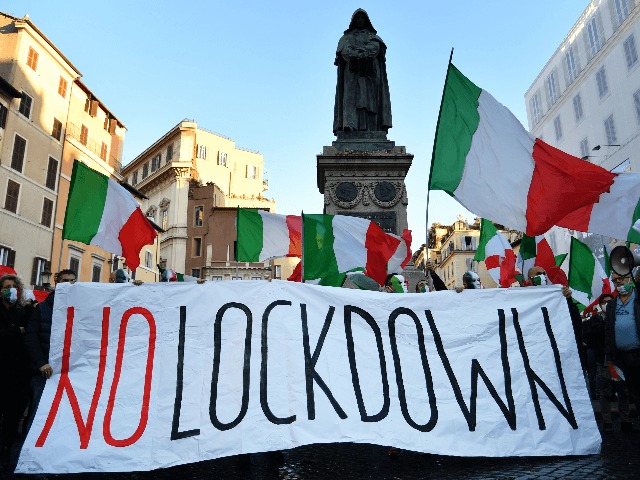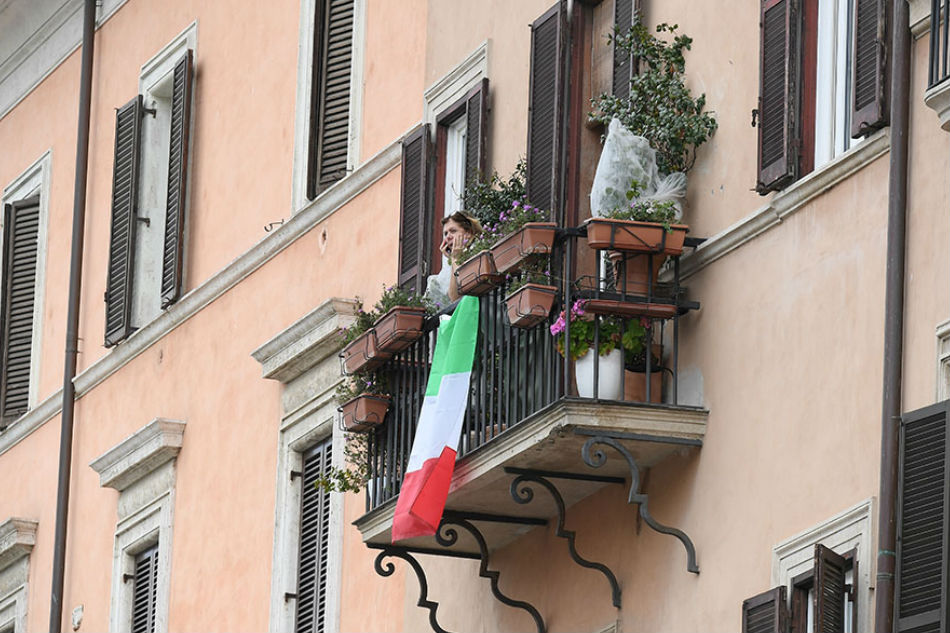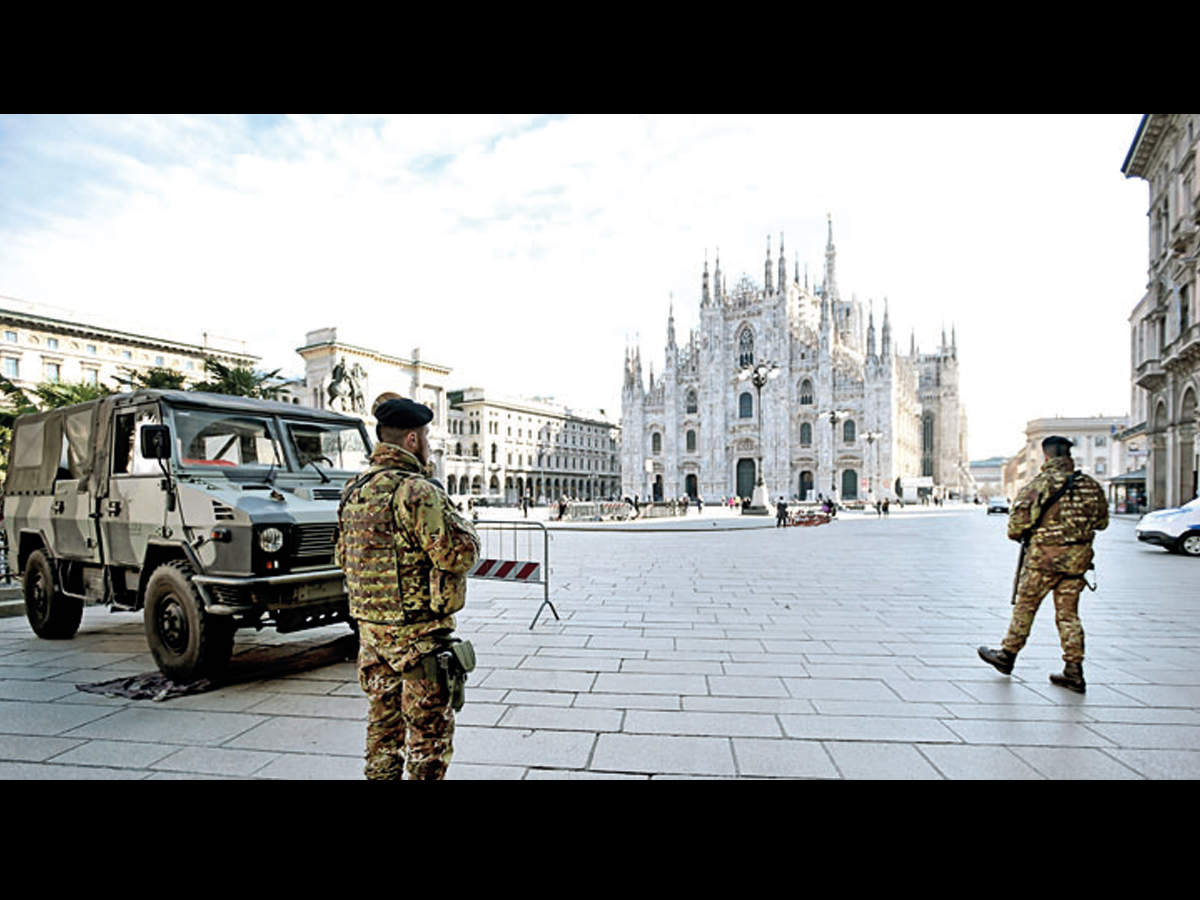

The decree also implemented restrictions on public gatherings elsewhere across Italy.

The decree, in effect until 3 April, additionally cancelled any leave for medical workers, and allowed the government to impose fines or up to three months' jail for people caught leaving or entering the affected zone without permission. Businesses were ordered to implement "smart working processes" to permit their employees to work from home. Restaurants and cafes were permitted to open, but operations were limited to between 6:00 and 18:00, while many other public locations such as gyms, nightclubs, museums and swimming pools were closed altogether. Additionally, tourists from outside were still permitted to leave the area. Conte later clarified in a press conference that the decree was not an "absolute ban", and that people would still be able to use trains and planes to and from the region for "proven work needs, emergencies, or health reasons". Expansion to northern provinces Įarly on Sunday 8 March 2020, Italian Prime Minister Giuseppe Conte announced the expansion of the quarantine zone to cover much of northern Italy, affecting over sixteen million people, restricting travel from, to or within the affected areas, banning funerals and cultural events, and requiring people to keep at least one metre of distance from one another in public locations such as restaurants, churches and supermarkets. While residents were permitted to leave their homes with supplies such as food and medicine being allowed to enter, attending school or going to workplaces was not allowed, and public gatherings were prohibited.

The lockdown was initially meant to last until 6 March. The quarantined "red zone" ( zona rossa) was initially enforced by police and Carabinieri, and by 27 February it was reported that 400 policemen were enforcing it with 35 checkpoints.

16,000), police cars blocked roads into and out of the quarantined area and erected barriers. In the most affected town of Codogno (pop. The first lockdown began around 21 February 2020, covering ten municipalities of the province of Lodi in Lombardy and one in the province of Padua in Veneto, and affecting around 50,000 people. History Initial lockdowns Map of Lodi Province showing ten of the eleven quarantined municipalities prior to the zone's expansion Following the first two deaths of people with the virus, several towns in Lombardy were placed on lockdown due to the large number of infected patients in the region. The number of confirmed cases increased on 21 February, when sixteen people in Lombardy and Veneto were confirmed to be infected. A third case was confirmed on 7 February, with the patient being an Italian man evacuated from Wuhan. Italy was the first country to enact a COVID-19 lockdown nationwide many countries would introduce similar measures in subsequent months the COVID-19 pandemic spread globally.įollowing the outbreak of COVID-19, the Italian government confirmed the country's first cases of the disease on 30 January 2020, when the virus was detected in two Chinese tourists visiting Italy. Nevertheless, Article 16 of the Constitution states that travel restrictions may be established by law for reasons of health or security. The lockdown measures, despite being widely approved by the public opinion, were also described as the largest suppression of constitutional rights in the history of the republic. This followed a restriction announced on the previous day which affected sixteen million people in the whole region of Lombardy and in fourteen largely-neighbouring provinces in Emilia-Romagna, Veneto, Piedmont and Marche, and prior to that a smaller-scale lockdown of ten municipalities in the province of Lodi and one in the province of Padua that had begun in late February. Additional lockdown restrictions mandated the temporary closure of non-essential shops and businesses. On 9 March 2020, the government of Italy under Prime Minister Giuseppe Conte imposed a national lockdown or quarantine, restricting the movement of the population except for necessity, work, and health circumstances, in response to the growing pandemic of COVID-19 in the country.
#Italy new lockdown free
limitation of free movement, except in cases of necessity.


 0 kommentar(er)
0 kommentar(er)
